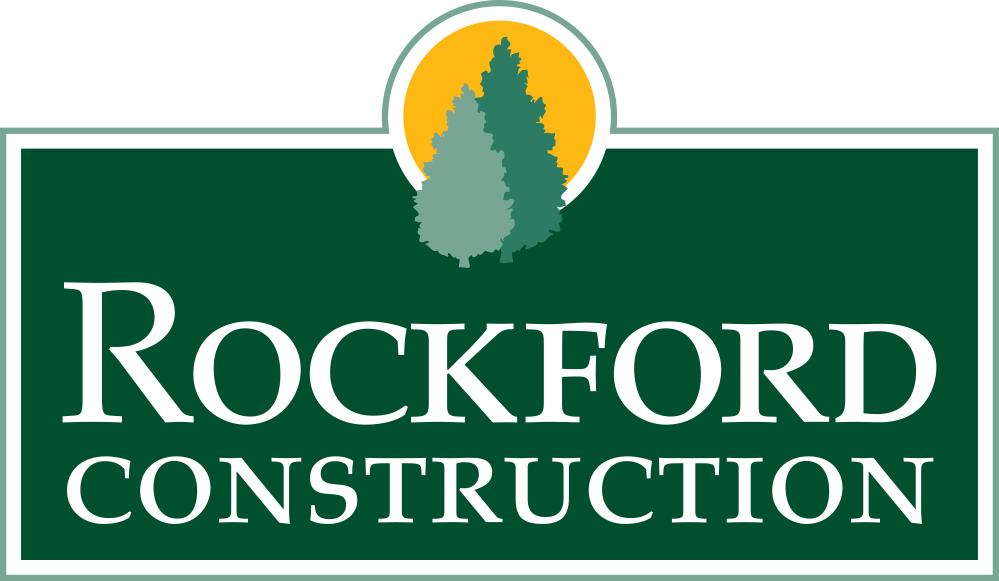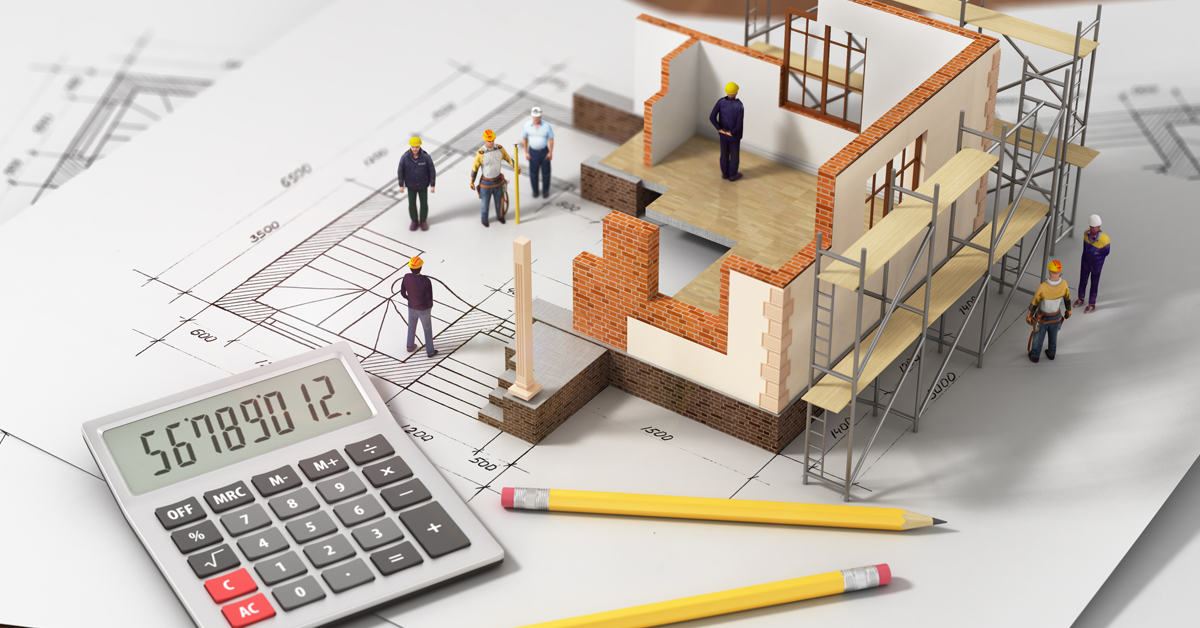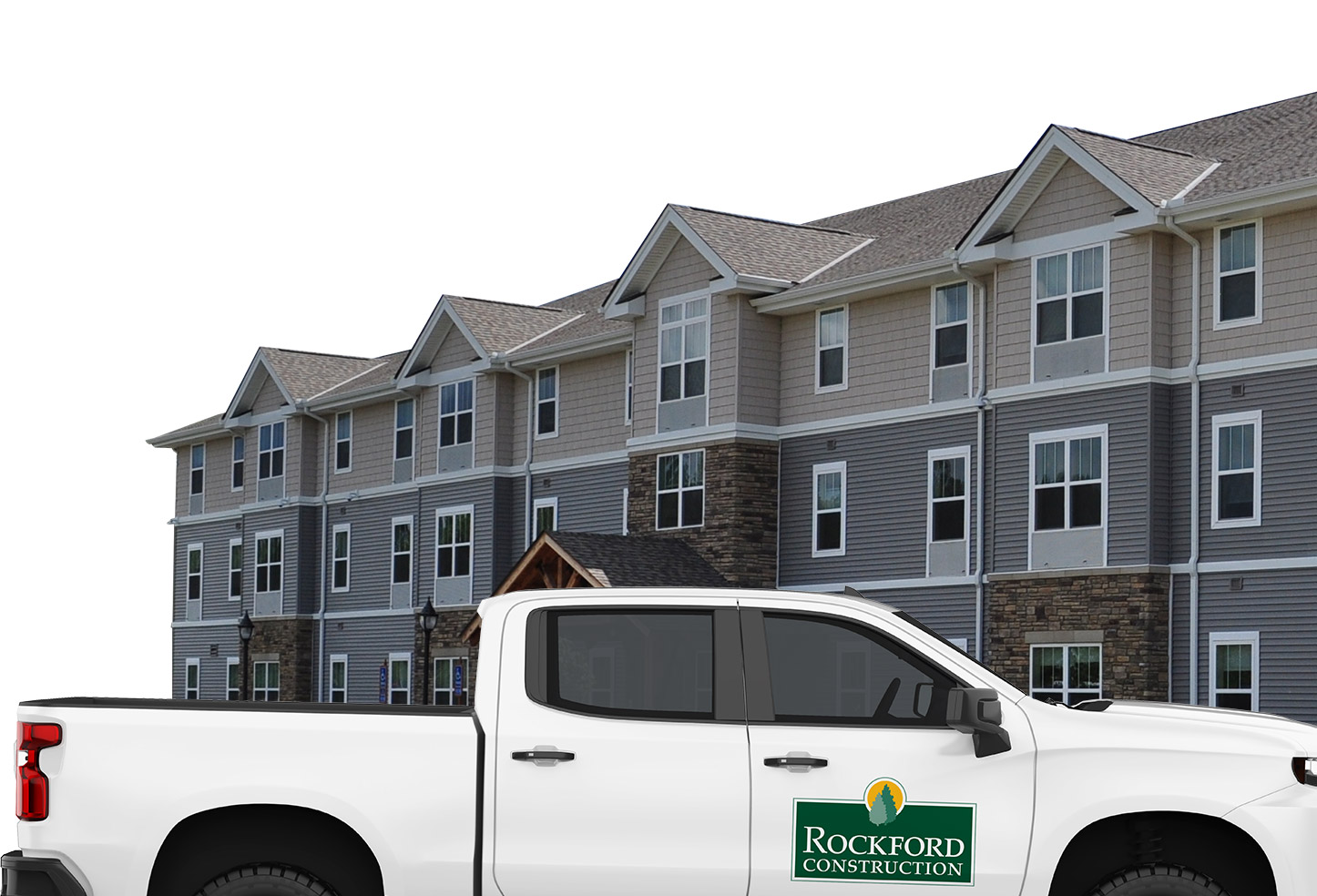MULTI-FAMILY CONSTRUCTION LOANS TO CONSIDER
If you are looking for secure business financing, make sure you understand the available construction loans and funding types that fit your needs. The HUD loans, Fannie Mae, and Bank Loans are the most common multifamily loan options.
When done right, investing in multifamily, apartment buildings, or student housing will give you a consistent cash flow. These multifamily properties can earn more and increase net worth greater than single-family homes. Over the years, commercial real estate has continued to perform exceptionally well, making it a viable investment sector. Many people entering this class of investment usually begin at multifamily real estate, a subset of the larger industry. They start at this level because it is considered easier for an average investor to be approved.
It also has lower entry barriers, but one major challenge is how you would finance the new construction project. With so many seasoned investors already in the sector, especially those who can pay cash on hand, it leaves you with only a few options, an alternative funding source or lender. The right construction loan can help get your new construction project up and running in a short time. However, before settling on a lender, it’s important to understand the available financing options, especially for multifamily construction loans.
MULTIFAMILY CONSTRUCTION LOANS
Developers looking to start multifamily property investment will often get real estate loans at an agreed rate with the lender. The most common type, in this case, is the multifamily construction loan. While this is like other types of property loans, a few differences distinguish them. The most notable include the construction loan term, interest rate, loan amounts, the application process, purpose, and the loan-to-cost ratio.
Fortunately, in the last few years, the aggressively growing competition between banks and lenders has made it easier for developers to find new multifamily construction loans. Investors, in this case, have the liberty of comparing the rates of these financing options, for instance, short-term or permanent financing loans. Borrowers looking for secure construction financing need to understand the types of loans that fit their needs.
Here are three types of multifamily construction loans worth considering:
- HUD loans
- Fannie Mae (the Federal National Mortgage Association)
- Bank Loans
HUD LOANS
HUD is a mortgage loan provided by private company lenders approved by the Housing and Urban Development Department. These types of loans are also insured by the Federal Housing Administration (FHA). The insurance permits lenders to allow low down payments and approve borrowers with less than excellent credit for financing. Facilitating this type of approval requires borrowers to pay an upfront mortgage insurance premium (MIP) for market rate developments and an insurance premium is added to their monthly payment.
HUD financing is helpful for many developers who don’t have adequate funding to finance their multifamily construction projects. HUD 221 (d)(4) is the most common multifamily construction loan in this category. The optimal asset types financed include cooperative, moderate-income, and multifamily housing. However, some basic requirements are needed to qualify for HUD loans.
Depending on the borrower and the loan amount, some requirements include a minimum credit score of 500 to 580, a 43% debt to income ratio (DTI), and a 3.5% minimum down payment. But there are exceptions with HUD made by the FHA to general requirements since Congress established this loan to make home ownership easier for Americans. It’s recommended first to research the loan program, contact the Department of Housing and Urban Development (HUD), ask for a credit report, provide all the documents needed, fill out the application, pay the mortgage insurance fee, down payment, and all closing costs.
If a borrower fails to make the mortgage payment, a lender will foreclose on the property. Since HUD is responsible for the owed amount, HUD will assume property ownership selling it at market value to cover the payments.
FANNIE MAE (FEDERAL NATIONAL MORTGAGE ASSOCIATION)
The Federal National Mortgage Association is one of the most utilized finance resources for multifamily developers, particularly for its attractive interest rates. It is a reliable option for multifamily investments or home purchases. Fannie Mae is a government-sponsored enterprise established by Congress to increase homeownership and facilitate liquidity in the mortgage market.
Fannie Mae does not originate loans, instead, it buys and guarantees mortgages through a secondary market. It creates liquidity for banks, credit unions, and funds for prospective owners. The liquidity Fannie Mae established in the mortgage market provides funds to lenders by purchasing their mortgages. This multifamily construction financing option offers a minimum loan amount from $750,000 to maximum loan amount over $5 million.
As it also offers Delegated Underwriting and Servicing (DUS) scheme for mortgage-backed securities, there is a $3 million floor for multifamily loan setups with no cap. There is also a maximum of 80% loan-to-cost ratio. The DUS program is considered the heart of Fannie Mae’s multifamily business. In addition, Fannie Mae finances multifamily properties and other apartment buildings through a network of investors.
The requirement for this type of financing varies depending on the mortgage product. However, a minimum downpayment amount of 3% of the loan is needed. Borrowers also need a credit score of 620, a total debt-to-income ratio not exceeding 45%, but with exceptions of up to 50%, 2-year history of stable income and employment, but some exceptions are allowed, and other specified requirements as per the package.
BANK LOANS
This type of financing is one of the most common sources of multifamily construction loans. Developers can get funding through local banks or credit unions at set or agreed terms. The loans, in this case, are recourse. Meaning that the lending bank can go after all the borrower’s assets, not just the security provided if the borrower fails to pay. The terms for bank loans can also be very stringent and less likely to offer 80% leverage. Additionally, banks may require tax returns and a net worth requirement.
The optimal asset types that bank loans cover, such as multifamily construction loans, vary from bank to bank. However, there is a more relationship-based lending preference with bank loans. For instance, borrowers who started with single-family home financing are more likely to evolve through relationships into other bigger loans. As a result of this relationship, when borrowers need funding for their next multifamily investment, the lender may be flexible with the borrower’s shortcomings. On the other hand, if the borrower’s multifamily property requires significant repairs, banks are more likely to lend on a loan-to-cost (LTC) basis.
In contrast to a HUD multifamily construction loan, bank loans are not always backed by the federal government. Banks do their due diligence when evaluating construction loans and make decisions based on their discretion. This type of financing is also the best option for developers who don’t qualify for government-sponsored or backed loans.
Bank and credit union financing commonly ranges between 70% to 75% loan to cost ratio and a Debt Service Coverage Ratio (DSCR) of about 1.25%. Bank loan periods may run from 18 to 36 months per the agreed terms. Besides these lending terms, banks can offer smaller loan amounts with a faster close than a government agency, and may also finance property renovation projects as long as the investing borrower has strong supporting financials.
FINAL THOUGHTS
Unless a developer’s finance circumstances are exceptional, they will always need funding for a construction project. The ultimate target for many developers is establishing a reliable way of generating cash from their assets, in this case, multifamily properties. However, for many, financing their next multifamily investment project is a challenge. Finding a reputable commercial real estate lender is key, and they can help you evaluate your available options.



